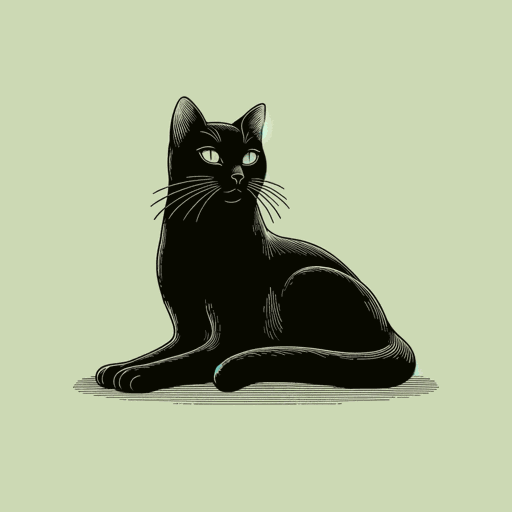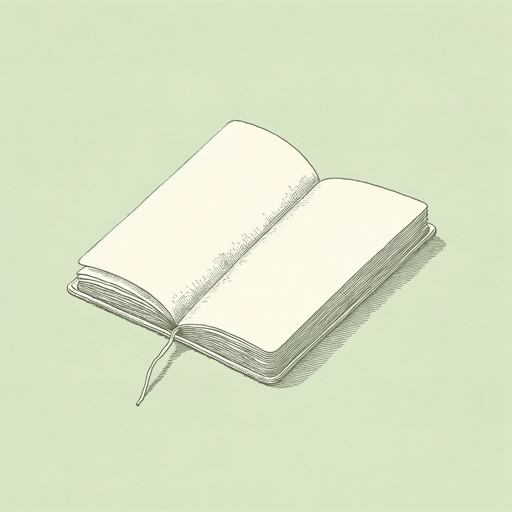18 pages • 36 minutes read
Rainer Maria RilkeBlack Cat
Fiction | Poem | Adult | Published in 1923A modern alternative to SparkNotes and CliffsNotes, SuperSummary offers high-quality Study Guides with detailed chapter summaries and analysis of major themes, characters, and more.
Themes
The Nature of a Cat
Millions of people today devotedly keep cats as pets, regarding them as part of the family. The cats themselves, if Rilke’s poem is anything to go by, might have a different opinion; they inhabit a state of awareness that is quite different from what their human caregivers might fondly imagine. Rilke mentioned cats only rarely in his poetry, but he did contribute a five-page preface to an album of 40 ink drawings that was made by a 12-year-old boy who went on to become the artist known as Balthus (1908-2001). Balthus was the son of Rilke’s close friend Baladine Klossowska (known as Merline). His drawings featured a stray kitten named Mitsou that Balthus brought home. The cat disappeared after one year, leaving the boy devastated. The book was published in 1921.
Rilke’s preface sheds light on “Black Cat.” “Does anyone know cats?” he asks at the beginning . “Cats are just that: cats,” he continued, in a passage that accurately reflects the theme of “Black Cat,” which Rilke had written some 12 years earlier:
And their world is utterly, through and through, a cat’s world. You think they look at us? Has anyone ever truly known whether or not they deign to register for one instant on the sunken surface of their retina our trifling forms? As they stare at us they might merely be eliminating us magically from their gaze, eternally replete (as quoted by Dominic Pettman in his article “
Related Titles
By Rainer Maria Rilke




